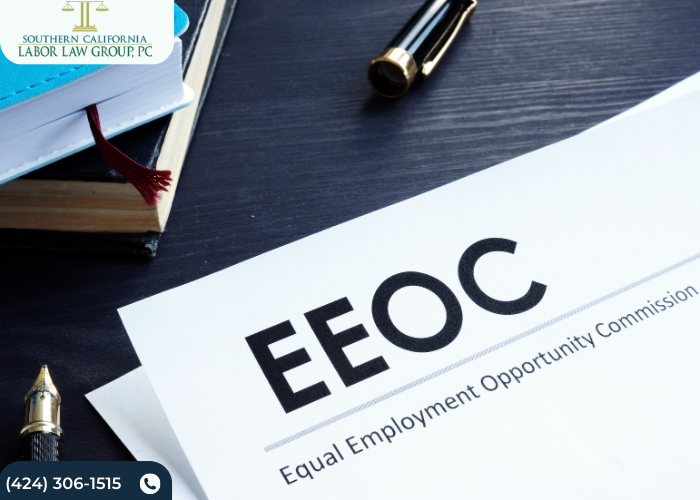Worker health and efficiency might suffer as an outcome of a hostile work environment. Based on the scale of the matter, the Equal Employment Opportunity Commission (EEOC) of the United States serves a key role in acknowledging and tackling hostile workplaces. More than 10% of all EEOC lawsuits hold allegations of harassment, including hostile conditions at work. There were over 26,000 harassment cases, which led to approximately $140 million in EEOC judgments and settlements.
In this post, we’ll examine the steps the EEOC takes to determine whether an atmosphere at work is hostile, illuminating the key elements and legal issues at play.
Recognizing an Abusive Workplace
When unwanted conduct based on protected characteristics, such as race, gender, religion, age, or handicap, becomes severe or prevalent, it produces a hostile work environment. Acts, actions, or words that generate an intimidating, insulting, or hostile workplace impair an employee’s ability to accomplish their job.
Hardness and Perception Evaluation
The EEOC takes into account the intensity and pervasiveness of the offensive conduct when determining the presence of a hostile work environment. Even if they are wrong, isolated instances could not rise to the level of a hostile workplace. The presence of a hostile environment, however, may be indicated by persistent and frequent instances of offensive behaviour that significantly disrupt an individual’s work environment.
A Sensible Person’s Cause
The EEOC determines whether a reasonable person in a comparable circumstance would consider the behaviour to be hostile or abusive. Using these objective criteria, the EEOC is able to assess how the conduct has affected the workplace generally while taking into consideration the opinions and experiences of a reasonable employee.
Proof of Unfriendly Workplace Conduct
The EEOC lists certain behaviours, including inappropriate jokes, insulting remarks, unwanted approaches, mockery, insults, and threats, that may lead to a hostile work environment. These instances show the variety of actions that the EEOC takes into account when assessing an allegation of a hostile work environment.
Submission of Reports and Complaints
Employees who feel they work in a hostile atmosphere have the possibility of filing an allegation with the Equal Employment Opportunity Commission. For documentation purposes, maintain a record of incidences, mentioning dates, times, locations, and the individuals engaged. Employees should first follow their organization’s internal reporting protocols before calling the EEOC.
Duties of the EEOC
After receiving a complaint, the EEOC looks into the claims by gathering information, speaking with witnesses, and looking over pertinent paperwork. The EEOC seeks to ascertain if the alleged behaviour satisfies the requirements for a hostile work environment under the law. If the inquiry turns up information that backs up the claim, the EEOC may initiate legal or mediation action to settle the dispute.
The Limitation Periods
It is critical to note that an employee must satisfy certain dates in order to file a complaint with the EEOC. The applicable laws and the kind of claim establish the specific statute of limitations. In order to comprehend the pertinent timeframes, it is important to speak with the EEOC or an employment lawyer.
Conclusion
In recognizing and resolving hostile workplace conditions, the EEOC is essential. By analyzing the intensity, pervasiveness, and impact of offensive behaviour, the EEOC attempts to protect workers from the detrimental effects of a hostile work environment. Understanding your rights, keeping account of events, and considering seeking guidance from the EEOC or an employment lawyer are critical actions to take if you believe you are working in a hostile environment in order to ensure that appropriate measures are taken. keep in mind to Call our Southern California Employment Law Group PC at (424) 688-1057 to get help of our lawyer.

Leave a Reply
You must be logged in to post a comment.